October saw the introduction of the much-awaited iPhone 12 lineup and the premium OnePlus 8T. During the same month, Huawei also introduced probably the last major smartphone flagship of the year – the Huawei Mate 40 series. Alongside the entry-level Huawei Mate 40 will be the premium Huawei Mate 40 Pro, Huawei Mate 40 Pro Plus, and the Porsche Design Huawei Mate 40 RS. But with the lack of Google Mobile Services, how does the Huawei 40 compare against the fierce competition? Let’s find out!
- Part 1. Huawei Mate 40 Series: Release Date and Price
- Part 2. Huawei Mate 40 Series: Color & Design
- Part 3. Huawei Mate 40 Series: Display
- Part 4. Huawei Mate 40 Series: Camera
- Part 5. Huawei Mate 40 Series: Hardware
- Part 6. Huawei Mate 40 Series: Software
- Part 7. Huawei Mate 40 Series: Specs & Features
Part 1. Huawei Mate 40 Series: Release Date and Price
The Huawei Mate 40 was announced on October 22, 2020. That’s also the Huawei Mate 40 Pro release date and the Mate 40 Pro Plus and Mate 40RS. Check the Huawei Mate 40 series pricing below:
- Huawei Mate 40 Price: €899 (converts to about £810, $1,060, AU$1,500)
- Huawei Mate 40 Pro Price: €1,199 (converts to £1,080, $1,420, AU$2,000)
- Huawei Mate 40 Pro Plus Price: €1,399 (converts to £1,260, $1,660, AU$2,330)
- Huawei Mate 40 RS Porsche Design Price: €2,295 (converts to £2,070, $2,710, AU$3,820)
Part 2. Huawei Mate 40 Series: Color & Design
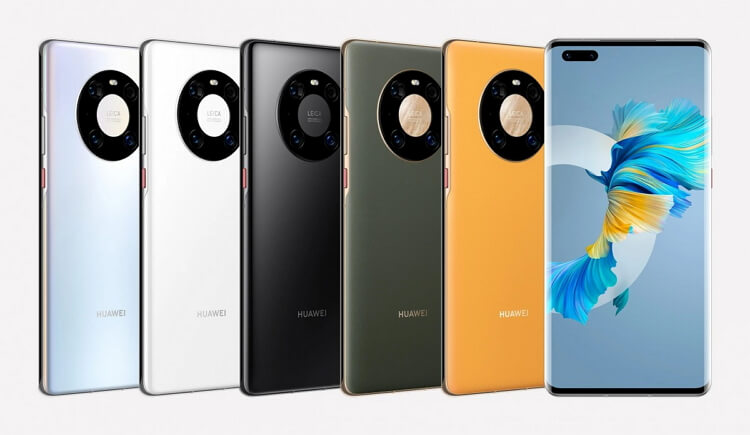
The first three Huawei Mate 40 modes spot very similar designs. Out of the box, you’ll see a big circular Space Ring at the back that will remind you of Apple’s old iPods with click-wheel. The Space Ring houses the Leica-branded cameras. The Huawei Mate 40 RS departs from this design, though, with its octagonal camera arrangement. Huawei has also reintroduced the physical volume button to supplement the virtual volume rocker located on the waterfall screen’s edge.
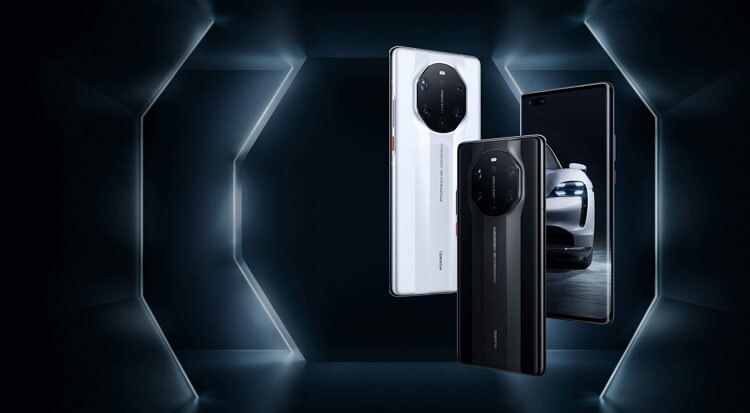
Quickly moving on to the colors, the Porsche Design Mate 40 RS comes in either Ceramic Black or Ceramic White, similar to the Mate 40 Pro Plus. The entry-level Mate 40 and Mate 40 Pro are available in Mystic Silver, White, Silver, Yellow, Green, and Black. All Huawei Mate 40 models are IP68 rated for water and dust resistance.
Huawei Mate 40 Series: Display
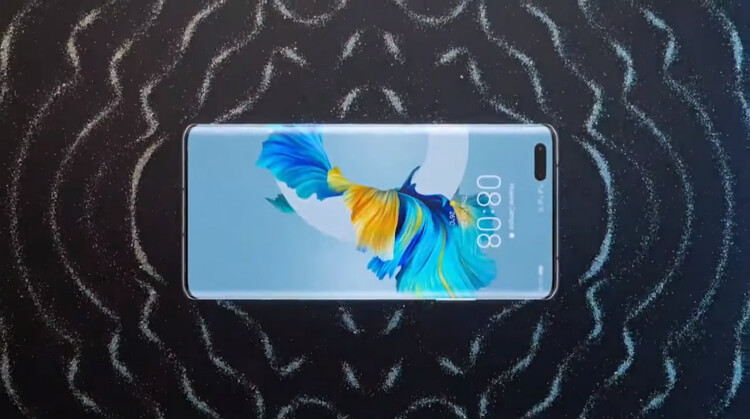
Credit where it’s due; the Huawei Mate 40 lineup boasts big and beautiful screens. To start with the standard Mate 40, you’ll get a 6.5-inch curved (68-degree) OLED panel that supports a 90Hz refresh rate and 2376 x 1080 pixel resolution. The screen also has a fingerprint reader. The Pro, Pro Plus, and RS all boast bigger 6.76-inch displays with a higher 1344 x 2772 pixel resolution and a steeper 88-degree curve. The three premium phones also have an impressive screen-to-body ratio of 94.1% and a 90Hz refresh rate.
Part 4. Huawei Mate 40 Series: Camera
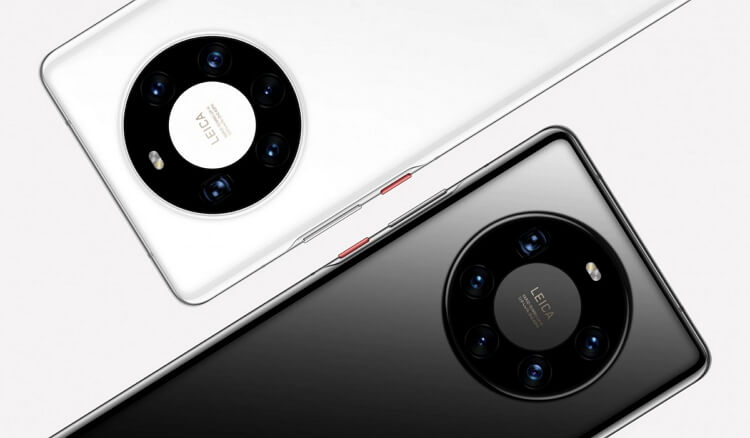
The Huawei Mate 40 Pro camera system and its siblings spot a massive 50MP (f/1.9) Super Sensing rear main. As usual, a bigger megapixel means better low-light performance and more precise color and detail. Also, the iconic Leica imaging offers excellent portrait shots and vivid colors in any surrounding. However, other camera features vary a little bit. On the entry-level Mate 40, you’ll get an 8MP 85mm telephoto that offers 3x lossless optical zoom. While this is obviously impressive, the Pro and Pro Plus take it a notch higher with their 5x and 10x lossless periscope sensors.
For the Mate 40 RS Porsche Design, you’ll get a 50MP wide, 20MP Cine ultrawide, 12MP telephoto with 3x optical zoom, and an 8MP SuperZoom with 10x optical zoom. With the Cine Camera, users will enjoy super-steady shots with ultra-slow motions even under darkness covers. You’ll also get a wider 13MP (f/2.4) front camera with a 3D depth sensor that can automatically adjust the FoV (Field of View) depending on the number of faces. Overall, the Huawei Mate 40 series camera performance is up there with the best.
Part 5. Huawei Mate 40 Series: Hardware
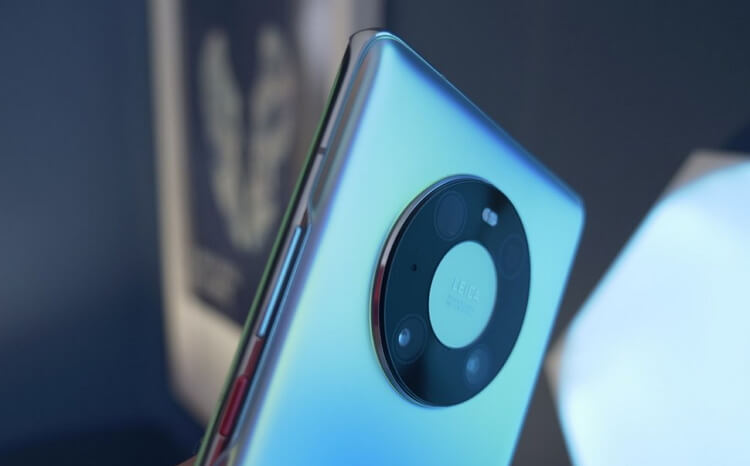
All of the Mate 40 brands run on a Kirin 9000 chipset. Much like the powerful A14 Bionic processor of the iPhone 12 models, it’s a 5nm chipset. According to Huawei, this chipset is 10% more efficient than the renowned Snapdragon 865 running on the tried and true performer – Samsung Galaxy S20 range. The company also claims the GPU is 52% quicker and the Neural Processing Unit (NPU) is 2.4x faster. Not only that, but Huawei also says it’s more power and resource-efficient than Android’s best.
As expected, these Huawei 5G phone models run Android 11 overlaid with the company’s Emotion UI (EMUI). Sadly, be ready to forego google services and apps such as the intelligent Assistant, Gmail, Google Maps, etc.
As for the storage, the smaller Mate 40 boasts 8GB RAM with 128GB of internal storage. The Mate 40 Pro comes with a similar RAM storage capacity, although with memory flexibility of 512GB and 256GB. The Pro Plus and Mate 40 RS features 12GB RAM with 256GB of internal memory.
Finally, the Mate 40 packs a 4,200mAh battery capacity and supports 40W of fast charging. All the three other models offer an improved 4,300mAh with 66W of fast charging via the Huawei SuperCharge adapter and cable. You can also use the 50W Huawei SuperCharge adapter for fast wireless charging. Remember that the wireless charger is sold separately.
Part 6. Huawei Mate 40 Series: Software
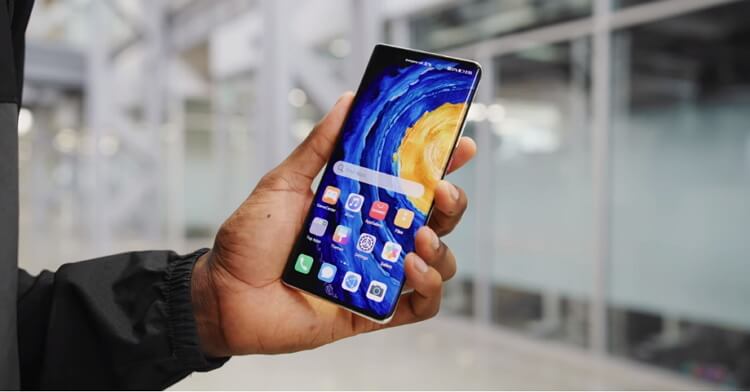
As I’ve said, there’s no Google Mobile Services, which means no Google Maps. But you can make do with Peta Maps – Huawei’s navigation map. This app works tremendously and is backed by excellent TomTom mapping that looks great. Although it’s not yet available in all countries, it’s undoubtedly a great start.
The upgraded EMUI also comes with other exciting features. For instance, Huawei claims that the latest EMUI is 20.8% more responsive and consistent. You’ll also enjoy fluid, wireless projection with the Huawei Cast+ technology and multitask without necessarily switching from window to window. Just drag an app up to activate this feature
Part 7. Huawei Mate 40 Series: Specs & Features
| Specs | Huawei Mate 40 | Huawei Mate 40 Pro | Huawei Mate 40 Pro Plus | Huawei Mate 40 RS |
|---|---|---|---|---|
| RAM | 8GB | 8GB | 12GB | 12GB |
| Memory Storage | 128GB | 256GB, 512GB | 256GB | 256GB |
| CPU | Kirin 9000 | Kirin 9000 | Kirin 9000 | Kirin 9000 |
| Display | 6.5-inch OLED 1080 x 2376 pixels, 90Hz refresh rate | 6.76-inch OLED 1344 x 2772 pixels, 90Hz refresh rate | 6.76-inch OLED 1344 x 2772 pixels, 90Hz refresh rate | 6.76-inch OLED 1344 x 2772 pixels, 90Hz refresh rate |
| Front Camera | 13MP, HDR | 13MP, HDR, ToF 3D | 13MP, HDR, ToF 3D | 13MP, HDR, ToF 3D |
| Rear Camera | 50MP main, 16MP ultrawide, 8MP telephoto | 50MP main, 20MP ultrawide, 12MP periscope telephoto | 50MP main, 20MP ultrawide, 8MP periscope telephoto, 12MP telephoto | 50MP main, 20MP ultrawide, 8MP periscope telephoto, 12MP telephoto |
| Battery and Fast Charging | 4,200mAh, 40W of fast charging | 4,300mAh, 66W of fast charging, 50W of fast wireless charging, 5W of reverse wireless charging | 4,300mAh, 66W of fast charging, 50W of fast wireless charging, 5W of reverse wireless charging | 4,300mAh, 66W of fast charging, 50W of fast wireless charging, 5W of reverse wireless charging |
| Colors | White, Black, Yellow, Green, Mystic Silver | White, Black, Yellow, Green, Mystic Silver | Ceramic White, Ceramic Black | Ceramic White, Ceramic Black |
Huawei Mate 40 Series: Final Verdict
Huawei is certainly doing great in the competitive smartphone market, despite the lack of Google Services. But that notwithstanding, the EMUI overlay supported by open-source Android 10 and Huawei Mobile Services is a big boost. Simply put, the Mate 40 lineup is a welcome addition to the ever-evolving smartphone world.
Pro Tip: With a 50MP smartphone camera, it’s apparent that you’ll be taking pictures frequently. However, sometimes you may need to convert your JPG image files to a different photo file format like PNG. In that case, I recommend Online UniConverter. With this online app, you can convert JPG photos to PNG, BMP, GIF, or TIFF anywhere, anytime. Just open your updated web browser and apply these steps:
Step 1. Open Image Converter
Run the app on your web browser and then tap the Online Tools tab. Now proceed to choose the Image Converter tool under the Image section.
Step 2. Choose an image file format
Open the Convert all files to menu list and then select a new image file format. You can also click the Settings icon to set a custom size for your image.
Step 3. Convert images
Finally, tap Convert to begin transcoding your JPG photos to a new image format and size. Download and share!

